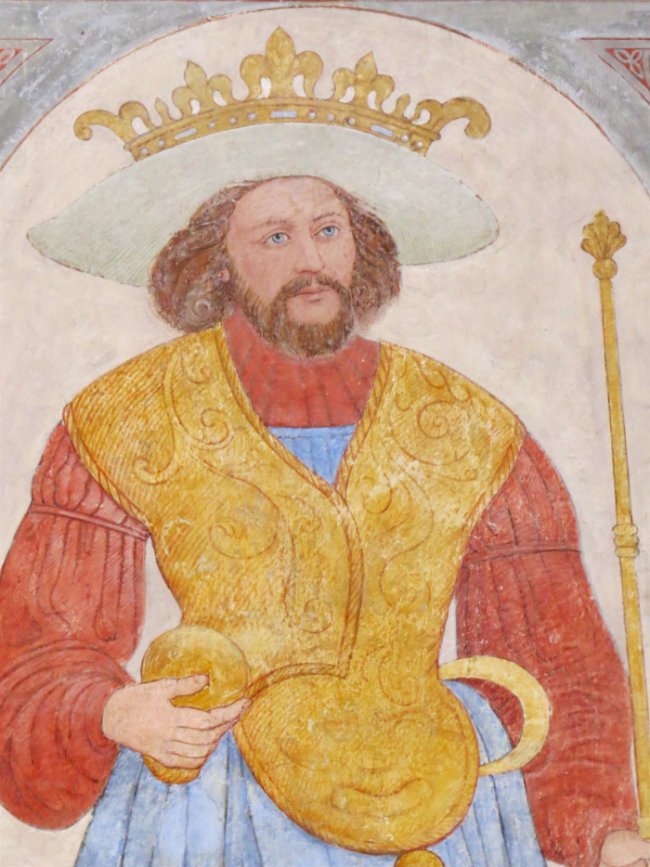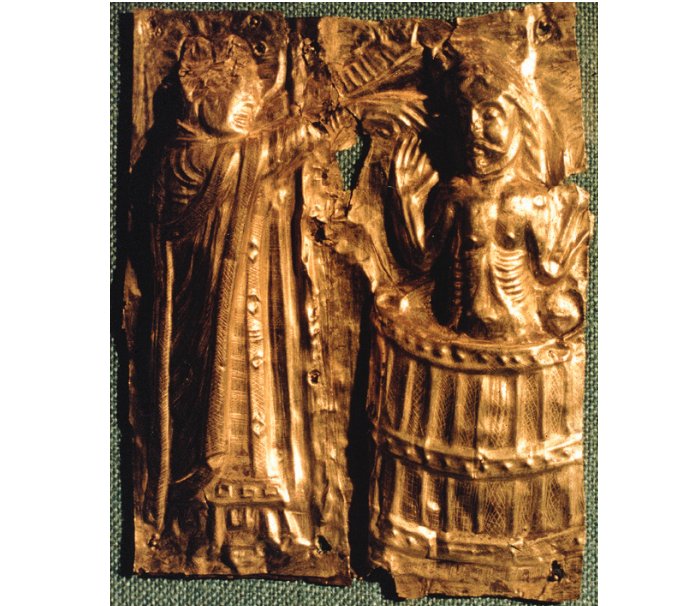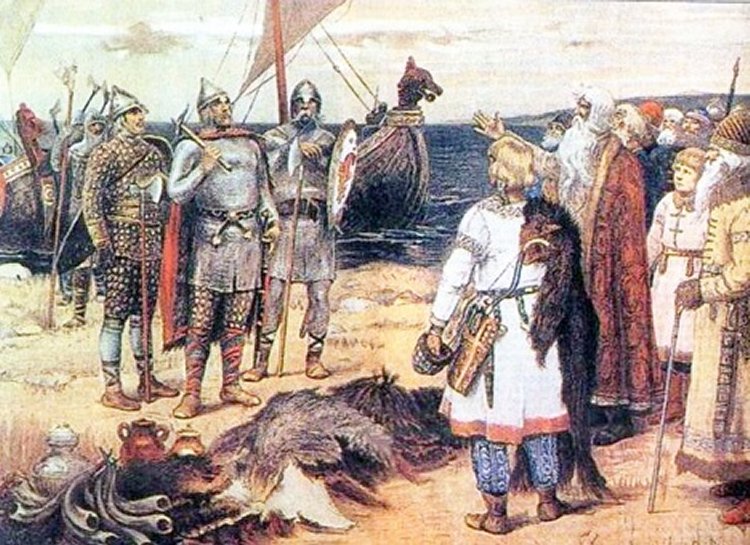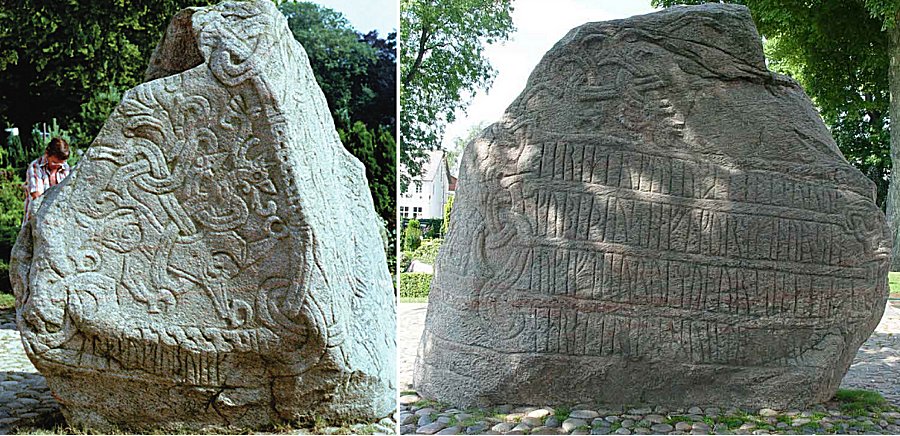Jelling Stone And Legendary Harald ‘Bluetooth’ King Of Denmark – ‘Who Made The Danes Christian’
A. Sutherland - AncientPages.com - Harald Bluetooth was the younger son of Gorm the Old and Queen Thyra.
His father, also called Gorm the Languid, was the first historically recognized King of Denmark, reigning from c. 936 to his death in c. 958. Harald was also the father of Svein Forkbeard and the grandfather of Cnut.
The German historian, Adam of Bremen, mentions that Harald Blåtand was married to Queen Gunhild. On a runestone standing at Sønder Vissing Church south of Silkeborg, a woman calls herself Tove as "Mistivoj's daughter, wife of Harald the Good, Gorm's son," so Harald must have been married twice.
The year of Bluetooth's birth is unknown; however, according to records of his achievements, he was born sometime around 920 AD, according to ancient sources.
Harald "Bluetooth" Gormsson was King of Denmark for nearly 30 years, beginning in approximately 958 AD when his brother and favored son of Gorm the Old was killed in England during attacks near Ireland.
This 12th-century gilt plate from Tamdrup Church in Denmark is the oldest illustration of King Harald Bluetooth's baptism. Image credit: Sven Rosborn - CC BY-SA 3.0 DEED
During his reign, Bluetooth united the outlying tribes of Denmark. He defended his people from many Norwegian and German incursions while overseeing the completion of vast construction projects that strengthened his country's defenses.
He proved to be a skilled leader of his nation both on and off the battlefield. Bluetooth is equally known for casting off the Norse pagan traditions and becoming a devout Christian who strove to convert the people of Denmark peacefully during his rule. He also commissioned many important construction projects in his country during his reign.
The Danes were united and Christianized in about 965 by King Harald "Bluetooth" Gormsson (c. 935 to c. 986; King of Denmark c. 958 to c. 986; King of Norway c. 970 to 986).
Bluetooth's legacy includes so-called "runestones" - monuments that usually honor the dead and their deeds. He used the very best counselors and artisans for the job. Two people carved the stone: the decorations came first, and then the runes were struck by a runic craftsman. The entire job took about a full year to complete.
Bluetooth wanted to be remembered for specific achievements, so he erected a runic stone intended to last forever.
He converted to Christianity in 965 and erected a runestone in Jelling with the inscription:
"... Harald who conquered for himself the whole of Denmark and Norway and made the Danes Christian."
"There are also two massive burial mounds at Jelling. Apart from a silver goblet, the northern burials had been removed, but excavations in Jelling church in the 1970s located a 10h-century chamber containing a disarticulated male skeleton. It is now believed that the northern mound was erected by Harald c.959 as a memorial to his parents, along with the rune stone." 1
"After his conversion, he had them removed to the church and also erected the southern mound, which became a cenotaph memorial to himself. Harald is credited with several massive public works, which should be viewed in the context of the Danish conflict with the German Emperor.
Left: A big lion with leaf-and-tendril ornamentation can be seen on King Harald Bluetooth’s great runestone from the 960s in Jelling.; Right: The larger Jelling stone, showing the inscription concerning Harald Bluetooth.
"In 968, he linked the Danevirke to Hedeby and extended and rebuilt it with a timber rampart. In 979-80, he built a large bridge over the Vejle River valley at Ravning Enge. The roadway was 720 meters long and 5.5 meters wide, supported by more than 1,500 oak timbers, and must have been intended as a military road.
In the 980s, he built a series of circular fortresses at strategic locations throughout his kingdom - they are named after the example at Trelleborg in Sjrelland, but there are other examples at Fyrkat in central Jutland, Nounebakken on Fyn, and an unfinished one at Aggersborg from the tip of northern Jutland. Each of the forts was constructed to a regular geometric blueprint..." 1
"... Harald who conquered for himself the whole of Denmark and Norway and made the Danes Christian." - Inscription on the Jelling Stone.
The large Jelling stone is Scandinavia's largest and most impressive rune stone, also called "Danmark's Baptism Certificate." It is equipped with Christian symbols, i.e., a figure of Christ and runic writing.
Writing page on the large rune stone:
![]()
Haraltr kunukr bath kaurua
Harald konge bød gøre
![]()
kubl thausi aft kurm fathur sin
kumler disse efter Gorm fader sin
![]()
auk aft thaurui muthur sina sa
og efter Thyra moder sin, den
![]()
haraltr ias sar uan tanmaurk
Harald som sig vandt Danmark
![]()
ala auk nuruiak
al og Norge
![]()
auk tani karthi kristna
og danerne gjorde kristne
This runestone is today considered the most well-known example of runic inscriptions in Denmark. Featuring an easily distinguished image of Christ on the cross, the Jelling Stone erected by Bluetooth is often referred to as the "Baptism Certificate of Denmark," which symbolizes the end of the polytheistic traditions followed by much of the Danish population.
Harald also honored his parents by commissioning a second Jelling Stone, found in the town of Jelling, Denmark.
Harald "Bluetooth" Gormsson died of wounds received in an uprising against him in 985 or 986.
Written by A. Sutherland - AncientPages.com Staff Writer
Updated on Apr 2, 2024
Copyright © AncientPages.com. All rights reserved. This material may not be published, broadcast, rewritten or redistributed in whole or part without the express written permission of AncientPages.com
Expand for referencesMore From Ancient Pages
-
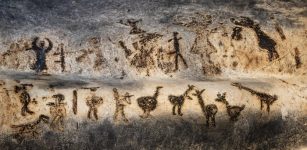 Elusive Non-Binary Gender In Prehistoric Europe – A Forgotten Minority
Archaeology | May 26, 2023
Elusive Non-Binary Gender In Prehistoric Europe – A Forgotten Minority
Archaeology | May 26, 2023 -
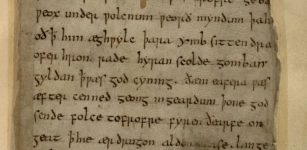 “Beowulf” – Old English Poem Was Probably Written By A Single Author – New Study
Archaeology | Apr 17, 2019
“Beowulf” – Old English Poem Was Probably Written By A Single Author – New Study
Archaeology | Apr 17, 2019 -
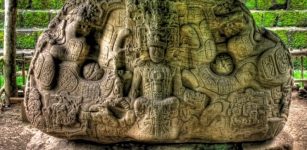 ‘Cosmic Monster’ Zoomorph At Quiriguá Ruled By Cauac Sky, Great Maya Leader
Artifacts | Nov 27, 2018
‘Cosmic Monster’ Zoomorph At Quiriguá Ruled By Cauac Sky, Great Maya Leader
Artifacts | Nov 27, 2018 -
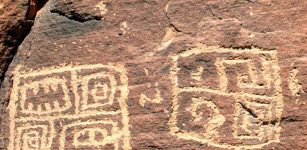 Controversial Evidence – Ancient Chinese Visited America 2,500 Years Ago
Civilizations | May 9, 2015
Controversial Evidence – Ancient Chinese Visited America 2,500 Years Ago
Civilizations | May 9, 2015 -
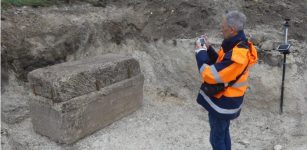 Intact 1,800-Year-Old Roman Sarcophagus With Unexpected Treasures Found In France
Archaeology | Sep 26, 2023
Intact 1,800-Year-Old Roman Sarcophagus With Unexpected Treasures Found In France
Archaeology | Sep 26, 2023 -
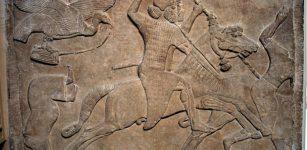 Invention Of Ancient Military Technologies Throughout World History Investigated
Archaeology | Oct 23, 2021
Invention Of Ancient Military Technologies Throughout World History Investigated
Archaeology | Oct 23, 2021 -
 Beautiful Ancient City Of Pisac In The Sacred Valley, Peru – Incredible Inca Ruins
Featured Stories | Jun 22, 2017
Beautiful Ancient City Of Pisac In The Sacred Valley, Peru – Incredible Inca Ruins
Featured Stories | Jun 22, 2017 -
 On This Day In History: Independence Of Greece Is Recognized By The Treaty Of London – On May 7, 1832
News | May 7, 2016
On This Day In History: Independence Of Greece Is Recognized By The Treaty Of London – On May 7, 1832
News | May 7, 2016 -
 African Skeletons From Early Colonial Mexico And First-Generation Slaves
Archaeology | May 4, 2020
African Skeletons From Early Colonial Mexico And First-Generation Slaves
Archaeology | May 4, 2020 -
 Ancient Calendar Predicted The Coronavirus And Other Disasters In 2020 – History Researcher Says
News | Mar 24, 2020
Ancient Calendar Predicted The Coronavirus And Other Disasters In 2020 – History Researcher Says
News | Mar 24, 2020 -
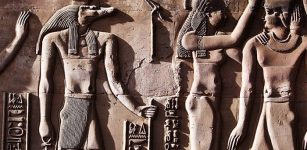 Sobek – Enigmatic Crocodile God Of Ancient Egypt
Civilizations | Sep 5, 2015
Sobek – Enigmatic Crocodile God Of Ancient Egypt
Civilizations | Sep 5, 2015 -
 Mysterious Bones May Re-Write History Of North America – Humans Were Present On The Continent 10 Times Earlier
Archaeology | May 8, 2017
Mysterious Bones May Re-Write History Of North America – Humans Were Present On The Continent 10 Times Earlier
Archaeology | May 8, 2017 -
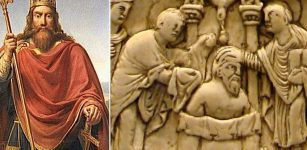 What Was Lex Salica?
Ancient History Facts | Dec 13, 2017
What Was Lex Salica?
Ancient History Facts | Dec 13, 2017 -
 Advanced Flying Machines And Interplanetary Travel Described 7000 Years Ago In India
Civilizations | Aug 20, 2015
Advanced Flying Machines And Interplanetary Travel Described 7000 Years Ago In India
Civilizations | Aug 20, 2015 -
 How Ancient Cultures Explained Comets And Meteors
Archaeoastronomy | Jun 5, 2019
How Ancient Cultures Explained Comets And Meteors
Archaeoastronomy | Jun 5, 2019 -
 Secrets Of The Lost Tomb X – Enigmatic Boxes And Unusual Samples – Part 2
Featured Stories | Apr 12, 2019
Secrets Of The Lost Tomb X – Enigmatic Boxes And Unusual Samples – Part 2
Featured Stories | Apr 12, 2019 -
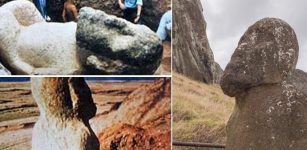 Unusual Tukuturi Statue On Easter Island Remains An Unexplained Mystery
Civilizations | Jan 16, 2019
Unusual Tukuturi Statue On Easter Island Remains An Unexplained Mystery
Civilizations | Jan 16, 2019 -
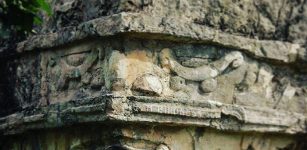 Giant Azaes-Itzamna: Ninth King Of Atlantis, Founder Of Chichen Itza And Teacher Of Maya People
Civilizations | Jun 29, 2017
Giant Azaes-Itzamna: Ninth King Of Atlantis, Founder Of Chichen Itza And Teacher Of Maya People
Civilizations | Jun 29, 2017 -
 8200-Year-Old ‘Viste Individual’ – DNA Analysis May Shed Light On Early Migration To Norway
Archaeology | Dec 6, 2015
8200-Year-Old ‘Viste Individual’ – DNA Analysis May Shed Light On Early Migration To Norway
Archaeology | Dec 6, 2015 -
 Is A Viking Settlement And Even Older Church Hidden Under St. Clement’s Church In Norway?
Archaeology | Apr 13, 2017
Is A Viking Settlement And Even Older Church Hidden Under St. Clement’s Church In Norway?
Archaeology | Apr 13, 2017

